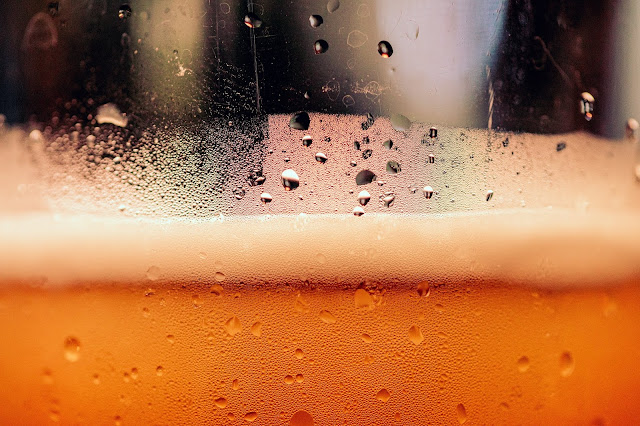Italian craft beer 101
Craft beer in Italy: how a unique concoction of biodiversity, short production supply chains and love for experimentation is conquering the international brewery scene
 |
Craft beer, a sip of history - Photo by Timothy Dykes on Unsplash |
Italians and beers, history of an everchanging relationship
The volume of beer consumed per capita per year
(especially in the summer months) in Italy
accounts to 31 litres ,
a mere nothing if compared to Germany ,
UK , Belgium or the Czech Republic
However, revolutions happen: in 1970 the most
authoritative Italian dictionaries stated that beer was an alcoholic beverage
obtained from the fermentation of barley and the addition of hops. It was up to
Teo Musso, an indefatigable Langa man, to change the national pace towards
craft beer (also in terms of legislation).
Teo’s conversion to beer came out of the blue:
a Chimay blue - the pun is served on a platter (or in a trappist beer glass if
you prefer). During the next 20 years Italian brasseries and restaurants became crowded with high quality beers
(several steps ahead non descript lagers)
and passionate connoisseurs looking for yeasty, woody and spicy notes. In 1996
Italian craft breweries were 7,
in 2008
300 in 2012 more or less 450 (though their total beer
production accounted only for 2% of yearly national consumption).
Crafts beer takes the scene - and the glass
Ingredients, biodiversity, details, spices,
flowers, herbs, short production supply chains: experimentation is the keyword. These are the elements beyond the stunning success of Italian craft beers on the international brewery awards scene,
The attention to craft production is mainly due
to lack of pasteurization and preservers. While industrial mass production
looks for standardization of processes and flavours (resulting in light, easy
to drink, thirst quenching beers), the charm of craft beers is that they are
not standardizable – and this applies to hops, people, terroirs, climates, harvests, too.
Furthermore, the late ‘90s saw the
establishment of the Unionbirrai
association which firstly gathered Guido Taraschi (Cremona ),
Arioli (Como ), Beba (Villar Perosa), Vecchio
Birraio (Padova), Birrificio di Lambrate, Centrale della birra (Cremona
 |
| Teku beer glass |
The Internet, obviously, played an important
role. In 2005 Musso and Genoese beer guru Lorenzo Da Bove (a.k.a. Kuaska)
created the Teku, the ergonomic beer tasting glass (manufactured by Rastal)
which was tested for the first time with Belgian Orval.
Craft beer in Liguria
Liguria boasts at least 15 (micro) breweries
including (one per province) the four (Scarampola, Golfo, Nadir, Maltus Faber) belonging
to the “Artigiani in Liguria” network, which also created a cooperative beer - “21/12”
– featuring malt from the sassellese area
(SV) and orange blossom water from Vallebona (IM).
My English abstract of the article by Umberto Curti as published on Liguria Food in June 1918


Comments
Post a Comment